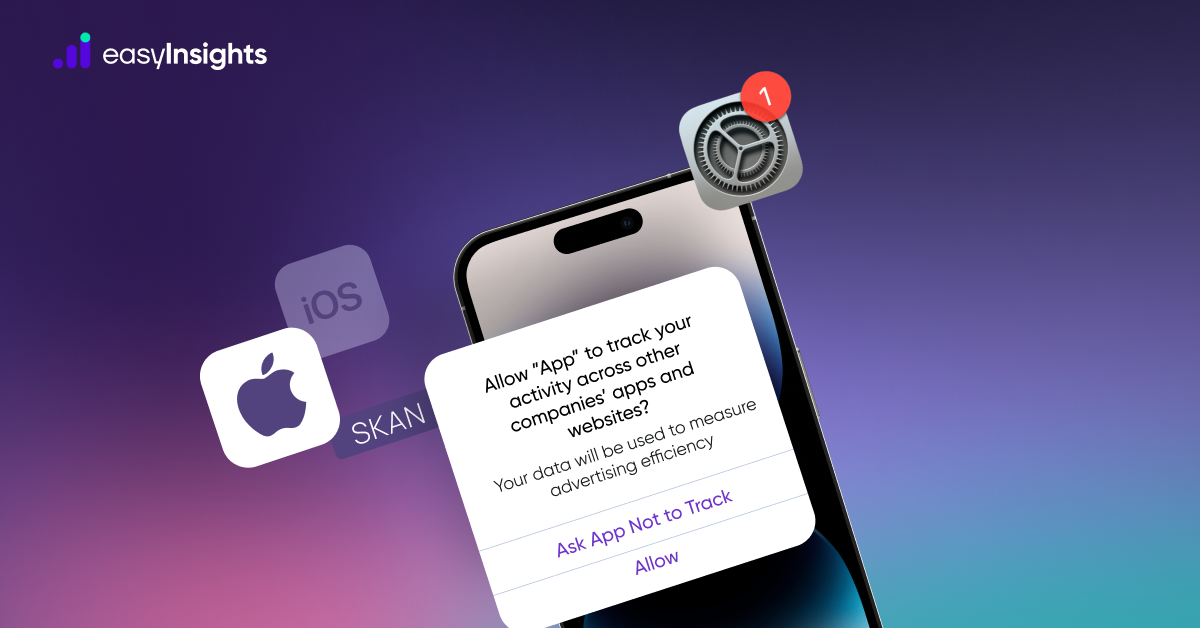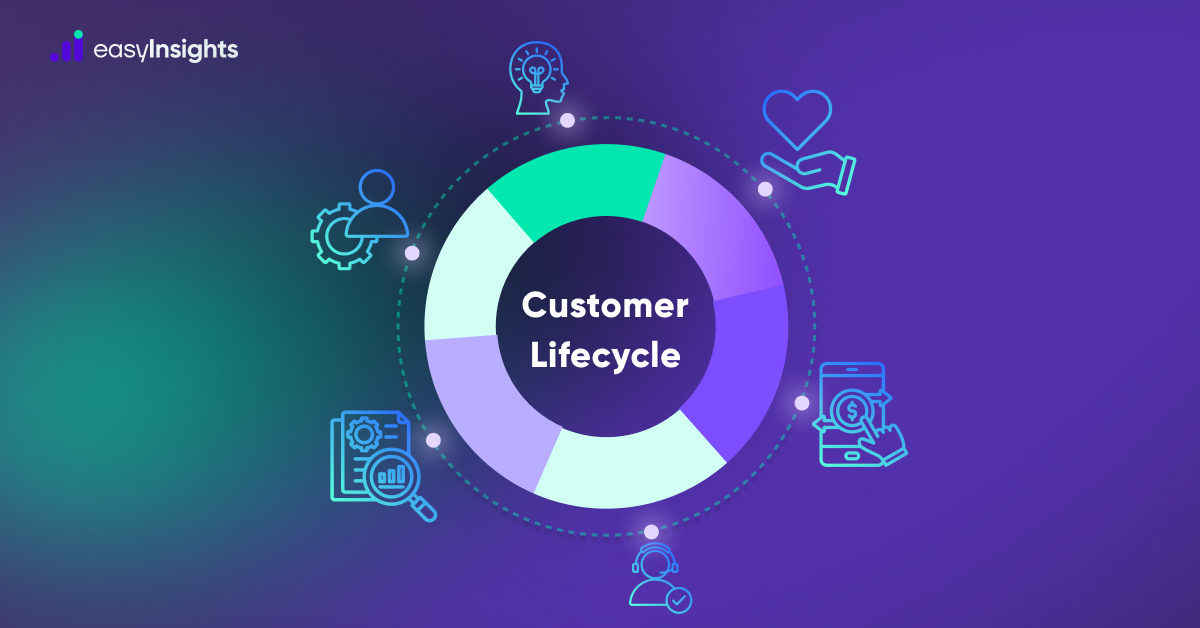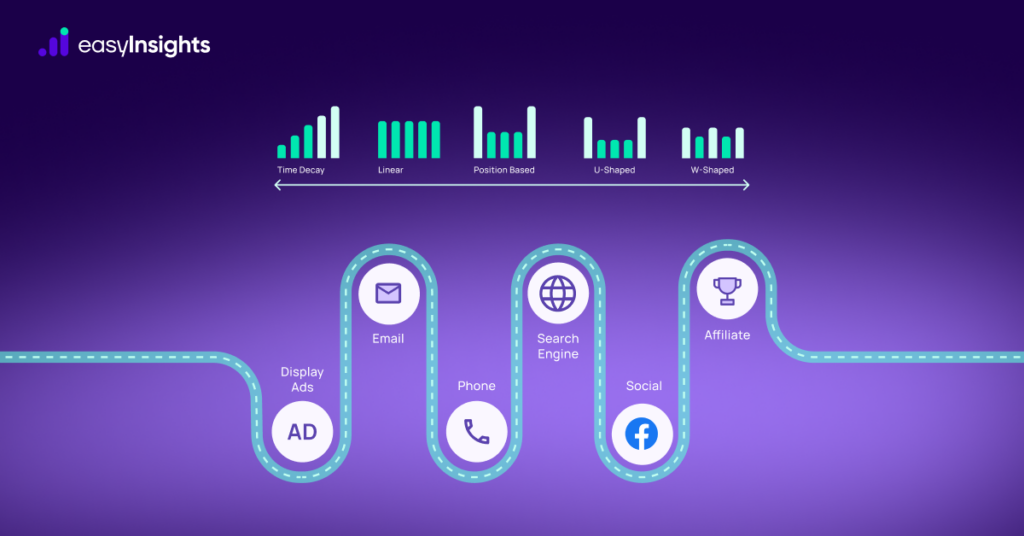
Modern consumers interact with brands across multiple channels before making a purchase. They might see an ad on social media, read an email newsletter, browse a website, or come back later through a search engine. Because of these varied paths, it’s no longer enough to credit a single ad or channel for a conversion. Attribution provides a way to map and measure the full customer journey, showing which touchpoints contribute to results and how they work together.
For years, many brands relied on single-touch attribution models-like first-click or last-click-to measure performance. But these models only credit one touchpoint, ignoring the rest of the customer journey. This leads to biased insights, poor budget allocation, and missed opportunities.
In this blog, we’ll discuss what multi-touch attribution is, how it works, and why it’s essential for today’s data-driven marketers.
Jump ahead to:
What Is Multi-Touch Attribution (MTA)
1. Simple Definition in Layman’s Terms
Multi-Touch Attribution (MTA) is a way of measuring how every marketing touchpoint- ads, emails, social media posts, search results, or website visits-contributes to a customer’s decision to buy. Instead of giving all the credit to just one interaction, MTA spreads the credit across all the steps in the journey. Think of it like a relay race: every runner (touchpoint) helps carry the baton toward the finish line (conversion), so each deserves some recognition.
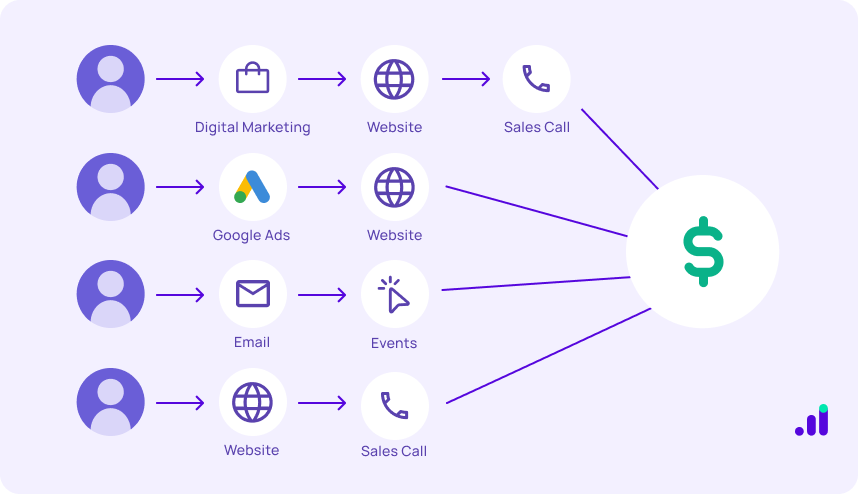
2. How It Differs From Single-Touch Attribution
Traditional attribution models like first-click or last-click give 100% of the credit to one interaction:
- First-click attribution: The very first touchpoint gets full credit.
- Last-click attribution: The last touchpoint before conversion gets full credit.
This approach oversimplifies the customer journey and overlooks the impact of all other interactions. In contrast, MTA considers the entire chain of interactions – from the first ad they saw to the last email they clicked – and assigns credit proportionally. This produces a much more realistic picture of what’s driving sales or leads.
3. Importance of Tracking the Entire Customer Journey
Today’s buyers rarely move in a straight line. They jump between channels, compare options, and research extensively before deciding. By tracking the entire journey with MTA, marketers can:
- See which channels and campaigns work together to influence conversions.
- Allocate budgets more intelligently based on real performance.
- Personalize messaging at the right stage of the funnel.
- Avoid over-investing in channels that appear to perform well under single-touch models but don’t actually drive results on their own.
MTA gives you a 360-degree view of your marketing effectiveness so you can spend smarter and create better customer experiences.
Additional Reading: Omnichannel Marketing vs Multichannel Marketing
Why Multi-Touch Attribution Matters
1. Better Understanding of ROI From All Touchpoints
In a typical customer journey, no single channel works alone. A person might first discover your brand through a social ad, then read a blog post, sign up for an email list, and finally convert after a retargeting ad. If you only credit the first or last interaction, you miss the bigger picture. Multi-touch attribution shows the true contribution of each channel so you can clearly see which campaigns are delivering the best ROI.
2. Helps Optimize Ad Spend Across Channels
When you know exactly which channels, ads, or campaigns influence conversions – and how much – you can allocate your budget more intelligently. Instead of over-investing in one channel and underfunding another, MTA enables you to spread your ad spend where it truly works. This leads to better performance, lower wasted spend, and higher profitability across all campaigns.
3. Improves Customer Experience Through Smarter Targeting
Understanding the full journey also gives insights into how customers interact with your brand at different stages. With MTA, you can identify which touchpoints are most effective at driving awareness, engagement, or final conversions. This lets you deliver more personalized and relevant messages at the right time – improving the customer experience, reducing friction, and building stronger brand relationships.
Additional Reading: Marketing Attribution for B2B – All You Need to Know
Common Multi-Touch Attribution Models
Multi-touch attribution (MTA) can be applied using different models. Each model distributes credit across touchpoints in a unique way. Here are the most common ones and their pros and cons:
1. Linear Attribution
Every touchpoint in the customer journey gets equal credit. If a user interacts with five channels before converting, each gets 20% of the credit.
| Pros | Cons |
| Very simple to implement | Doesn’t reflect the actual influence of each channel |
| Fair to all channels – no bias toward first or last interaction | Can make it hard to identify the true “drivers” of conversion |
2. Time Decay Attribution
How it works: Touchpoints closer to the conversion get more credit, while earlier interactions get less.
| Pros | Cons |
| More realistic than linear for long journeys | Underestimates the importance of early-stage channels (awareness) |
| Rewards the most recent interactions, which often drive conversion | Still a rule-based model, not data-driven |
Additional Read: When and How to Use Time Decay Attribution Model in Marketing
3. U-Shaped (Position-Based) Attribution
How it works: The first and last touchpoints each get a big share of the credit (often 40% each), while the middle touchpoints share the remaining 20%.
| Pros | Cons |
| Highlights the importance of both first contact (awareness) and last interaction (conversion) | May undervalue the nurturing middle touchpoints |
| More balanced than single-touch | Percentages are arbitrary and may not reflect actual impact |
4. W-Shaped Attribution
How it works: Similar to U-shaped but also gives significant credit to a key middle touchpoint (such as a lead form submission). Typically, 30% each goes to the first, middle, and last touchpoints, with 10% divided among the rest.
| Pros | Cons |
| Recognizes the role of an important middle interaction (like sign-up) | Still uses fixed rules that might not match your real data |
| Better for lead generation funnels | Complex to maintain across very long journeys |
5. Data-Driven / Algorithmic Models
How it works: Uses machine learning or statistical models to analyze your actual data and assign credit based on the true impact of each touchpoint.
| Pros | Cons |
| Most accurate – based on your own customer data | Requires large, clean datasets |
| Adjusts automatically as behavior changes | More complex and sometimes costly to implement |
The best model depends on your goals, data maturity, and sales cycle. Many brands start with rule-based models (linear, time decay) and then evolve toward data-driven attribution as they grow.
Supercharge your Attribution with EasyInsights
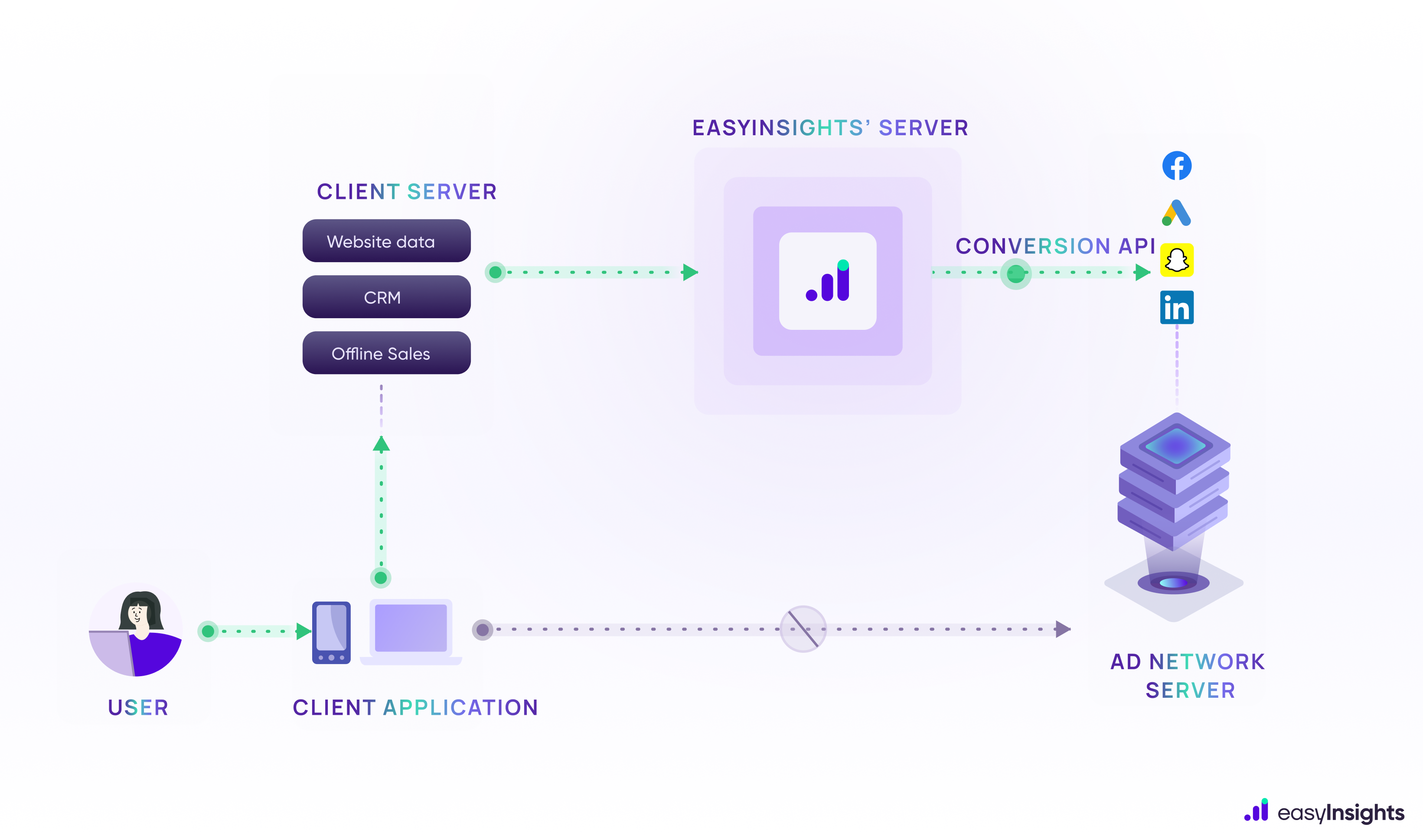
EasyInsights is a leading marketing attribution tool that helps you pull back the curtain on the entire customer journey right from the nameless online user to a loyal customer through powerful first party data. It helps you supercharge your marketing efforts by:
- Integrating all your visitors’ interactions with your marketing campaigns seamlessly into your CRM.
- Helping you track how your campaigns are affecting sales through advanced multi-touch attribution to uncover its accurate ROI.
- Offering cutting-edge machine learning capabilities that leverage your own first party data to help you thrive in the post-cookie world.
- Allowing you to optimize your ad spend by helping you predict diminishing returns.
Long story short, EasyInsights gives you complete insight into exactly how each customer touchpoint is performing, empowering you to navigate your customer journey effectively to drive revenue.
Conclusion
In today’s multi-channel world, relying on single-touch attribution is like judging a movie after watching only one scene. Multi-touch attribution offers the complete picture- showing how every channel, ad, and interaction plays a role in driving conversions.
By adopting tools like EasyInsights, marketers can go beyond basic reporting and uncover real performance drivers across the entire customer journey. With unified data, flexible attribution models, and actionable insights, you can confidently invest in what works, cut what doesn’t, and create more connected, customer-first marketing strategies.
Fix Your Attribution Today with EasyInsights – Book a demo





